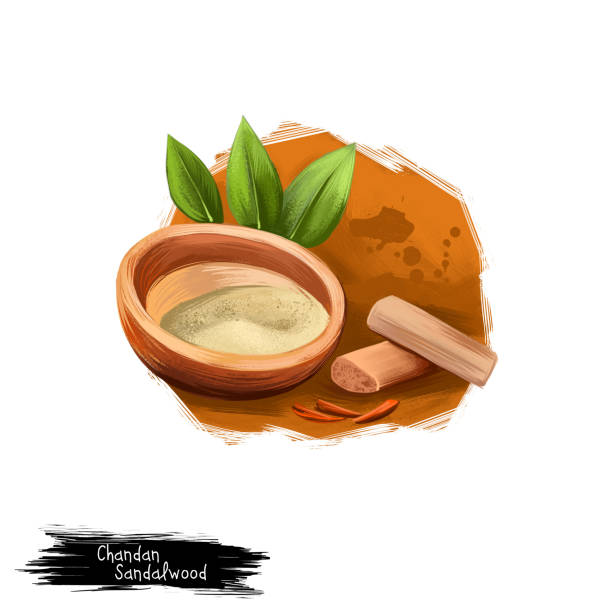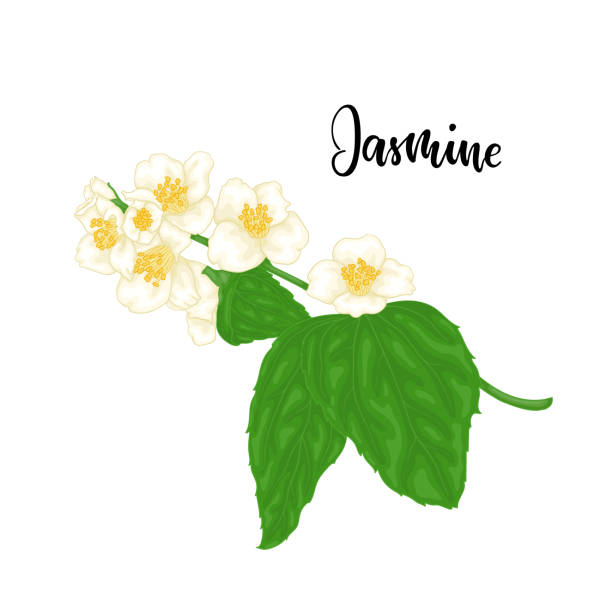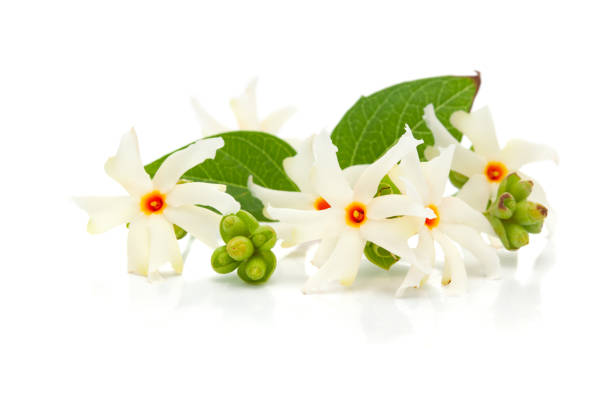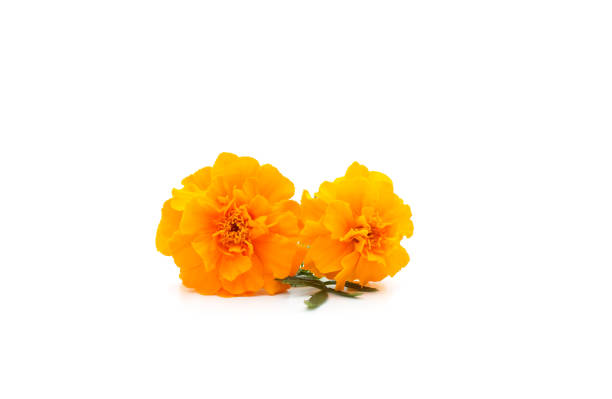
Sandalwood, Sacred and Sublime: From My Father’s Worship to the World of Perfumery
Growing up in India, my mornings were often filled with the scent of something deeply sacred and earthy—sandalwood. My father, a man of few words but profound rituals, would begin his day with a simple yet deeply meaningful act. He would take a small piece of sandalwood, carefully place it on a stone slab, and slowly grind it into a fine paste with a little water, creating a fragrant paste to offer to God Krishna during his morning prayers. It was a ritual I grew up watching, absorbing the quiet reverence with which he approached this daily act.
The ritual itself was so much more than just a daily task—it was a moment of connection. The rich, woody aroma that would fill the air as he ground the sandalwood was not just about fragrance; it was about respect, devotion, and tradition. Sandalwood, with its smooth, warm scent, was a symbol of purity and spirituality in our home. The calming fragrance would linger in the room long after the prayers ended, becoming an invisible thread connecting my father’s devotion to something larger than ourselves.
As a child, I was fascinated by the process. The texture of the stone, the grinding sound, and, of course, the intoxicating fragrance of sandalwood that seemed to create a serene aura around us. It was a scent I came to associate with both the sacred and the everyday, with rituals that anchored me in the values of respect and reverence. Even now, as I look back, that moment of grinding sandalwood on a stone still holds a place of warmth in my heart.
Little did I know then that those simple acts, those fragrant moments, would be the beginning of a lifelong journey. Fast forward to today, and I find myself working in the world of perfume, not just as a fragrance evaluator, but as someone who has come to deeply appreciate the art and science behind scent creation. My childhood with sandalwood was a bridge to this world, where I could finally understand the complexities of fragrance and how these subtle notes have the power to evoke emotions, memories, and even a sense of spirituality—much like the sandalwood paste my father made.
In the perfume industry, where every ingredient is carefully selected and curated, sandalwood remains a classic, revered for its warm, woody, and creamy notes. But it’s not just any sandalwood—it’s the knowledge, the tradition, and the respect for the ingredient that truly enhances the process of creating a fragrance. As a fragrance evaluator, I get to assess every raw material with the same reverence I once saw in my father’s eyes as he prepared for his prayers. Sandalwood is an essential part of many perfumes, acting as a base note that provides depth, warmth, and longevity to a fragrance. But when you work with it professionally, you come to realize that every sandalwood tree tells a story, and every piece of sandalwood has its own unique essence.
The sandalwood that my father used was not the same as what I now encounter in perfumery. Today, I work with a range of sandalwood variants—from the revered Indian sandalwood to Australian and East Asian versions, each with their own distinct qualities. The heart of sandalwood, though, remains the same: its ability to evoke a sense of peace and tranquility. In my role, I evaluate how these notes can be balanced and blended into complex compositions that tell a unique story. Sandalwood, for me, is more than a raw material—it’s a connection to something sacred, a story of my heritage, and a link to my past.
My journey from watching my father worshiping God Krishna with sandalwood to working in the perfume industry is a path of both personal growth and professional discovery. Every time I smell sandalwood, I am reminded of the ritualistic, meditative nature of the scent. It grounds me, centers me, and connects me to my roots. It’s this very connection that influences the way I evaluate fragrances today. I’m not just assessing the quality of raw materials or the harmony between notes—I’m also listening to the stories each fragrance tells, stories that come from different cultures, histories, and rituals. Much like the simple yet profound ritual of my father grinding sandalwood, perfume creation is a form of reverence—a way to honor the ingredients, the process, and the people behind the scent.
In my professional life, I find that working with fragrances feels like a daily offering. Just as my father’s prayers were an act of devotion, I approach my work with the same level of care and respect. Each fragrance is a prayer in its own way, each note a whisper to the divine. Sandalwood, the fragrance that has always been a part of me, is my anchor in this journey. Whether I’m evaluating a new perfume or crafting a fragrance profile, I hold on to the lessons I learned from my father’s morning rituals: that scent is sacred, that fragrance has the power to transcend time and space, and that every note, no matter how humble, carries meaning.
As I stand in the perfume laboratory, surrounded by countless ingredients and materials, I can’t help but smile at the thought of my father, grinding sandalwood on the stone. It is his legacy of devotion, his gift of fragrance, that continues to guide me in my work every day.
Sandalwood was, and still is, much more than just a fragrance to me. It is a connection to the divine, a piece of my heritage, and a reminder that in both worship and work, scent is something we offer to the world, a gift of peace, beauty, and timeless elegance.






Leave a Reply